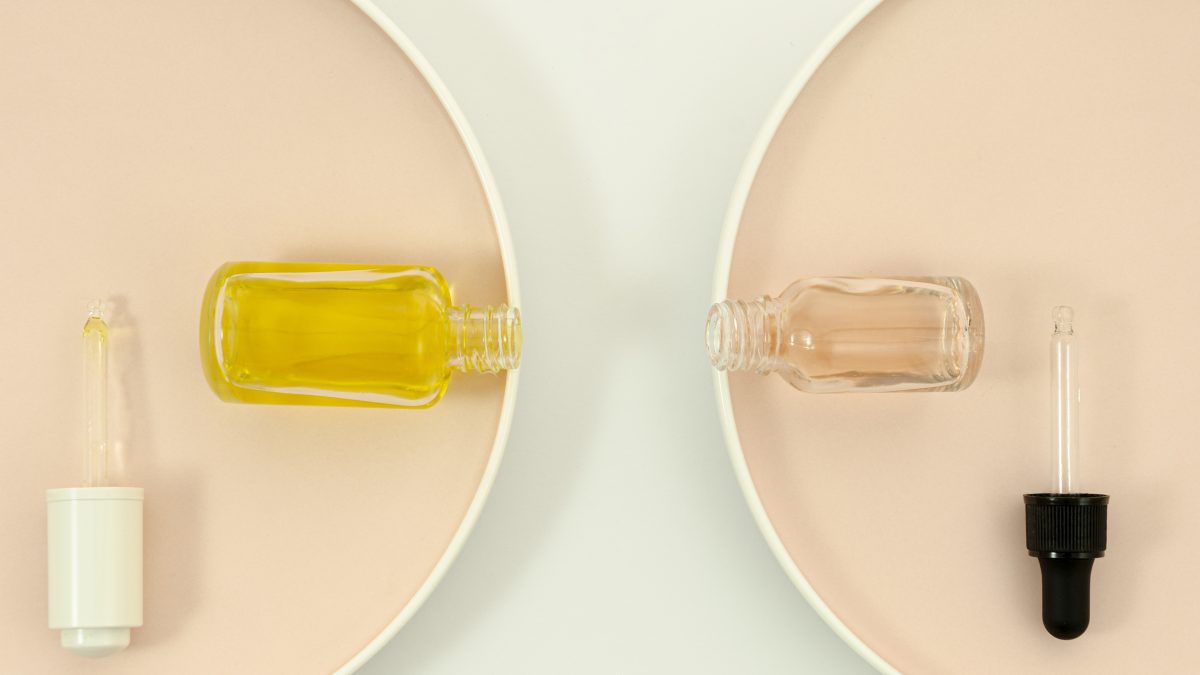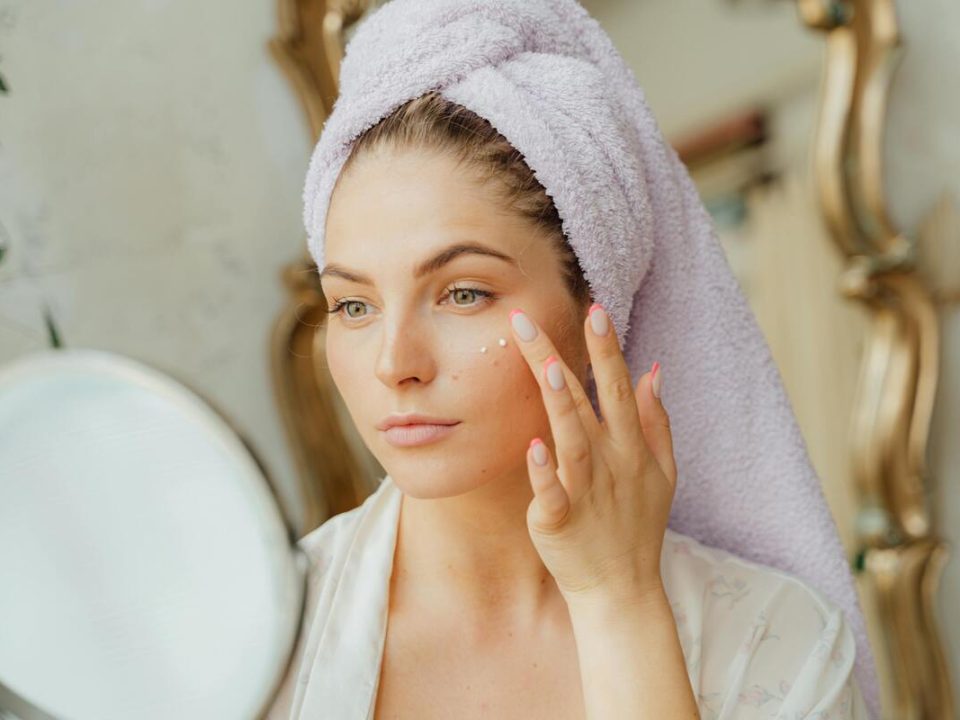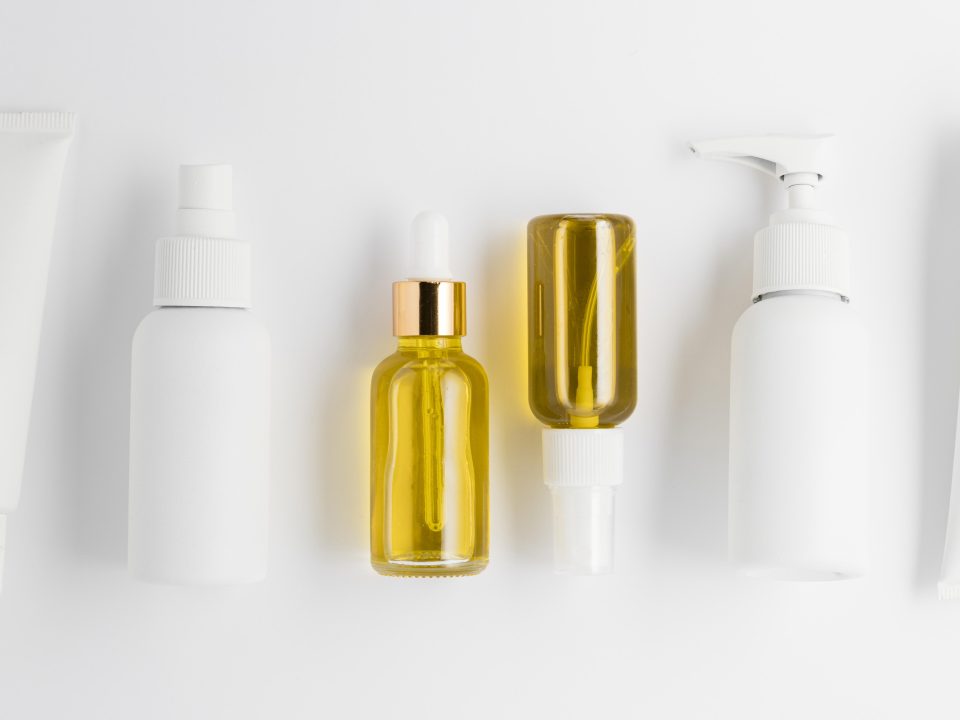
What Does Salicylic Acid Do To Your Skin?
March 6, 2024
Is Salicylic Acid Better Than Hyaluronic Acid?
March 7, 2024Salicylic acid, a colorless, crystalline organic compound, readily found in willow bark and wintergreen leaves, plays a versatile role in skincare.Its ability to exfoliate dead skin cells makes it a popular choice for treating acne and promoting cell turnover. However, like any ingredient, salicylic acid has its limitations. Understanding how it interacts with other products within your skincare routine is crucial. This knowledge empowers you to create a safe and effective regimen, maximizing the benefits of salicylic acid while preventing potential adverse reactions. This guide emphasizes the importance of avoiding specific ingredients when using salicylic acid to achieve optimal results and protect your skin’s health.
Ingredients to Avoid Mixing with Salicylic Acid
Other Exfoliating Acids
Alpha Hydroxy Acids (AHAs):
- Definition and examples: AHAs are a group of water-soluble acids that work by breaking down the bonds between dead skin cells, promoting cell turnover, and revealing a smoother, brighter complexion. Some common examples include:
-
- Glycolic acid: Derived from sugarcane, it’s the most potent AHA and can be too harsh when combined with salicylic acid.
- Lactic acid: Gentler than glycolic acid, derived from milk, it’s a good alternative for sensitive skin.
- Mandelic acid: Derived from almonds, it’s even gentler than lactic acid and suitable for very sensitive skin.
- Explanation of how AHAs work: AHAs work by gently loosening the “glue” that holds dead skin cells together, allowing them to shed more easily. This process reveals the healthier, newer skin cells beneath, resulting in a smoother texture, improved radiance, and potentially reduced wrinkles and fine lines.
- Risks of combining AHAs and salicylic acid:
-
- Excessive dryness and irritation: Both AHAs and salicylic acid exfoliate the skin, and combining them can lead to excessive dryness, flaking, and irritation, especially for those with sensitive skin.
- Compromised skin barrier: Over-exfoliation can weaken the skin’s natural barrier, making it more susceptible to environmental damage, dehydration, and irritation.
- Increased sun sensitivity: AHAs and salicylic acid can thin the skin and make it more sensitive to the sun’s harmful UV rays. This can worsen existing hyperpigmentation and increase the risk of sunburn.
- Alternatives:
-
- Use AHAs and salicylic acid on separate days: If you want to use both AHAs and salicylic acid in your routine, it’s best to do so on separate days. For example, use an AHA product in the morning and a salicylic acid product at night. This allows your skin time to recover between exfoliation sessions.
- Choose gentler AHAs: If you have sensitive skin, opt for gentler AHAs like lactic acid or mandelic acid instead of glycolic acid. These are less likely to cause irritation when combined with other exfoliating ingredients.
Other BHAs:
While the risks are similar to AHAs, it’s essential to note that some specific BHAs might have additional concerns when combined with salicylic acid. For example:
- Beta-lipoic acid: While generally well-tolerated, combining it with salicylic acid can potentially cause increased dryness and irritation, especially for those with sensitive skin.
Retinol and Retinoids
- Definition and types of retinoids: Retinoids are a class of vitamin A derivatives known for their anti-aging and acne-fighting properties. They work by increasing cell turnover, stimulating collagen production, and reducing inflammation. Common types of retinoids include:
- Retinol: The over-the-counter form of vitamin A, it’s readily available in various skincare products.
- Retinaldehyde: A stronger form of retinoid than retinol, it may be more effective but also more irritating.
- Tretinoin: A prescription retinoid considered the most potent and effective form.
- Benefits of retinoids: Retinoids offer a range of benefits for various skin concerns:
- Anti-aging: They stimulate collagen production, reduce fine lines and wrinkles, and improve skin texture and firmness.
- Acne treatment: They regulate oil production, unclog pores, and reduce inflammation, leading to clearer skin.
- Why mixing with salicylic acid can be problematic: Combining salicylic acid and retinoids can be problematic for several reasons:
- Severe irritation and dryness: Both ingredients can be drying and irritating, and using them together can significantly worsen these side effects, especially for sensitive skin.
- Deactivation of both ingredients: When combined, the acidic environment created by salicylic acid can potentially deactivate retinoids, rendering them less effective.
- Increased sun sensitivity: Both retinoids and salicylic acid can increase sun sensitivity. Using them together significantly raises the risk of sunburn and worsening hyperpigmentation.
- Alternatives:
- Use retinoids and salicylic acid on alternate nights: This allows your skin time to recover between applications and minimizes the risk of irritation. However, it’s crucial to start slowly and monitor your skin’s response.
- Choose products specifically formulated with both ingredients: Some skincare lines offer products formulated with both retinoids and salicylic acid at specific concentrations and pH levels to minimize irritation. However, it’s crucial to consult a dermatologist before using such products, especially if you have any underlying skin conditions, sensitive skin, or are pregnant or breastfeeding. A dermatologist can assess your individual needs and recommend the best approach for incorporating both ingredients into your routine safely and effectively.
Benzoyl Peroxide
- Explain its role in acne treatment: Benzoyl peroxide is a powerful topical medication commonly used to treat acne. It works by killing acne-causing bacteria, reducing inflammation, and helping to prevent clogged pores.
- Risks of combining with salicylic acid: Similar to other exfoliating ingredients, combining benzoyl peroxide with salicylic acid can lead to:
- Extreme dryness and irritation: Both ingredients can be drying and irritating, and using them together can significantly worsen these side effects, especially for sensitive skin.
- Increased risk of peeling and inflammation: This combination can lead to excessive peeling, redness, and inflammation, particularly for those with already irritated or sensitive skin.
- Alternatives:
- Use benzoyl peroxide in the morning and salicylic acid at night: This allows your skin time to recover between applications and minimizes the risk of irritation. However, consult a dermatologist first to ensure this approach is suitable for your skin.
- Consulting a dermatologist: A dermatologist can help you develop a personalized treatment plan tailored to your specific acne needs and recommend the best combination of products or medications to achieve optimal results while minimizing side effects.
Other Potentially Irritating Ingredients
- Alcohol: While commonly used as an astringent in skincare products, alcohol can be very drying and irritating, especially for sensitive skin. Combining it with salicylic acid can further exacerbate these effects. Opt for alcohol-free formulations whenever possible.
- Fragrance: While not inherently harmful, fragrance can be a potential allergen for some individuals. Combining fragrance with salicylic acid might trigger allergic reactions, such as redness, itching, or burning sensations. Choose fragrance-free products, especially if you have sensitive skin or allergies.
- Essential oils: Similar to fragrance, essential oils can also be potential irritants and allergens for some individuals. Combining them with salicylic acid might be risky, especially for sensitive skin. Choose essential oil-free products or consult a dermatologist for guidance.
Important Note:
- Patch testing is crucial: Before introducing any new product containing salicylic acid or any potentially conflicting ingredients into your routine, it’s essential to perform a patch test. Apply a small amount of the product to a clean, uninjured area of your skin (like the inner forearm) and wait 24-48 hours to monitor for any signs of irritation. If you experience any redness, itching, burning, or other adverse reactions, discontinue use and consult a dermatologist.
- Consult a dermatologist for personalized advice: If you have any concerns about combining salicylic acid with other ingredients, especially if you have a history of skin sensitivities or underlying skin conditions, always consult a dermatologist for personalized advice and treatment recommendations. They can help you create a safe and effective skincare routine to achieve your desired results.
Safe Practices and Alternatives for Using Salicylic Acid
General Guidelines for Safe Use
- Start with a low concentration and gradually increase if tolerated: Start with a lower concentration of salicylic acid, such as around 1%, to assess how your skin reacts. If there’s no irritation after a few weeks, you can consider gradually increasing the concentration, but it’s wise to cap it at 2%. This cautious approach helps minimize the risk of irritation, which is particularly important for individuals with sensitive skin.
- Patch test new products before full application: As mentioned earlier, patch testing is crucial before incorporating any new salicylic acid product into your routine. To perform a patch test, apply a small amount of the product to a clean, uninjured area of your skin, such as the inner forearm. Wait 24-48 hours and monitor for any signs of redness, itching, burning, or other adverse reactions. If you experience any irritation during this period, discontinue use immediately and consult a dermatologist for further advice. It’s always better to be cautious when introducing new products to your skincare routine.
- Moisturize regularly to counteract dryness: Salicylic acid is known for its drying effect on the skin, making it crucial to pair its use with a gentle, fragrance-free moisturizer. Daily moisturization is key to maintaining skin health, especially when using drying agents like salicylic acid. Opt for moisturizers designed for sensitive skin, as they are less likely to cause irritation or exacerbate dryness. Ingredients such as hyaluronic acid, ceramides, or glycerin are excellent choices, as they provide hydration and help fortify the skin’s natural barrier. This combination can help keep your skin balanced and healthy while using salicylic acid.
- Use sunscreen daily, especially when using salicylic acid: Salicylic acid, a common ingredient in skincare products, can heighten sun sensitivity, increasing the risk of sunburn and hyperpigmentation. To safeguard your skin, it’s crucial to apply a broad-spectrum sunscreen with SPF 30 or higher daily, even when skies are overcast. This precaution helps shield your skin from the damaging effects of UV rays, maintaining its health and appearance.
- Consult a dermatologist for personalized advice and treatment plans: If you have any concerns about using salicylic acid, underlying skin conditions, or specific skincare goals, consult a dermatologist. They can assess your individual needs, recommend the best approach for incorporating salicylic acid into your routine, and suggest alternative solutions if needed.
Alternative Approaches for Specific Concerns
- For acne: While salicylic acid is a popular choice for acne treatment, other options are available:
- Benzoyl peroxide: As mentioned previously, benzoyl peroxide is another effective topical medication for acne. It works by killing acne-causing bacteria and reducing inflammation. However, similar to salicylic acid, it can be drying and irritating. Consult a dermatologist to determine if benzoyl peroxide is right for your skin.
- Gentle AHAs: Lactic acid and mandelic acid are gentler AHAs compared to glycolic acid and might be better suited for sensitive skin prone to acne. They can help exfoliate dead skin cells, unclog pores, and improve overall skin texture without excessive irritation.
- Prescription medications: For more severe acne, a dermatologist might recommend prescription medications such as retinoids, antibiotics, or hormonal therapy. These medications target different aspects of the acne development process and require close monitoring by a healthcare professional.
- For anti-aging: While salicylic acid can offer some anti-aging benefits like improved skin texture, other ingredients might be more effective for addressing specific concerns:
- Hyaluronic acid: This humectant attracts and retains moisture in the skin, plumping it up and reducing the appearance of fine lines and wrinkles.
- Niacinamide: This form of vitamin B3 offers various benefits, including reducing hyperpigmentation, improving skin barrier function, and minimizing the appearance of wrinkles.
- Vitamin C: An antioxidant, vitamin C helps protect the skin from free radical damage, contributing to a brighter, more even skin tone and potentially reducing the appearance of wrinkles.
- Retinoids: As mentioned earlier, retinoids are powerful anti-aging ingredients that stimulate collagen production, reduce wrinkles, and improve skin texture. However, they should not be combined with salicylic acid due to potential irritation.
- For general exfoliation: If your primary concern is general exfoliation and not specifically acne or anti-aging, consider these alternatives:
- Physical exfoliants (scrubs): These use small grains to physically remove dead skin cells. Choose gentle scrubs with smooth, rounded beads and avoid harsh scrubs that can irritate the skin.
- Genler chemical exfoliants: Lactic acid, mandelic acid, and even low-concentration (around 2%) salicylic acid can be used as chemical exfoliants to remove dead skin cells without the potential for micro-tears associated with physical scrubs.
Remember, this information is intended for general knowledge and should not be a substitute for professional medical advice. It’s crucial to consult with a dermatologist for personalized recommendations and treatment plans tailored to your specific needs and skin concerns.
Conclusion
Navigating the world of skincare products can be overwhelming, particularly when dealing with specific concerns. While salicylic acid offers numerous benefits, understanding its potential interactions with other ingredients is crucial to ensure safe and effective use. Avoiding problematic combinations like AHAs, retinoids, and benzoyl peroxide on the same application helps minimize the risk of irritation and skin barrier disruption.
Ultimately, a well-informed and personalized approach is key to achieving healthy, balanced skin. Consulting a dermatologist allows for individual assessment, guidance on incorporating salicylic acid safely into your routine, and exploration of alternative ingredients or strategies tailored to your specific needs and goals. Whether your concerns lie in acne management, anti-aging, or general exfoliation, a dermatologist can provide expert advice and help you develop a safe and effective skincare regimen. By adopting a responsible and informed approach, you can unlock the full potential of salicylic acid and other ingredients, ultimately leading to a healthy, radiant complexion.






